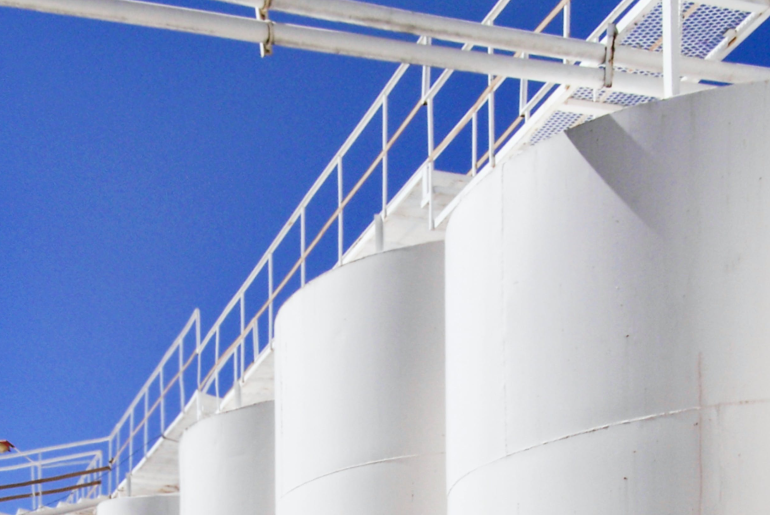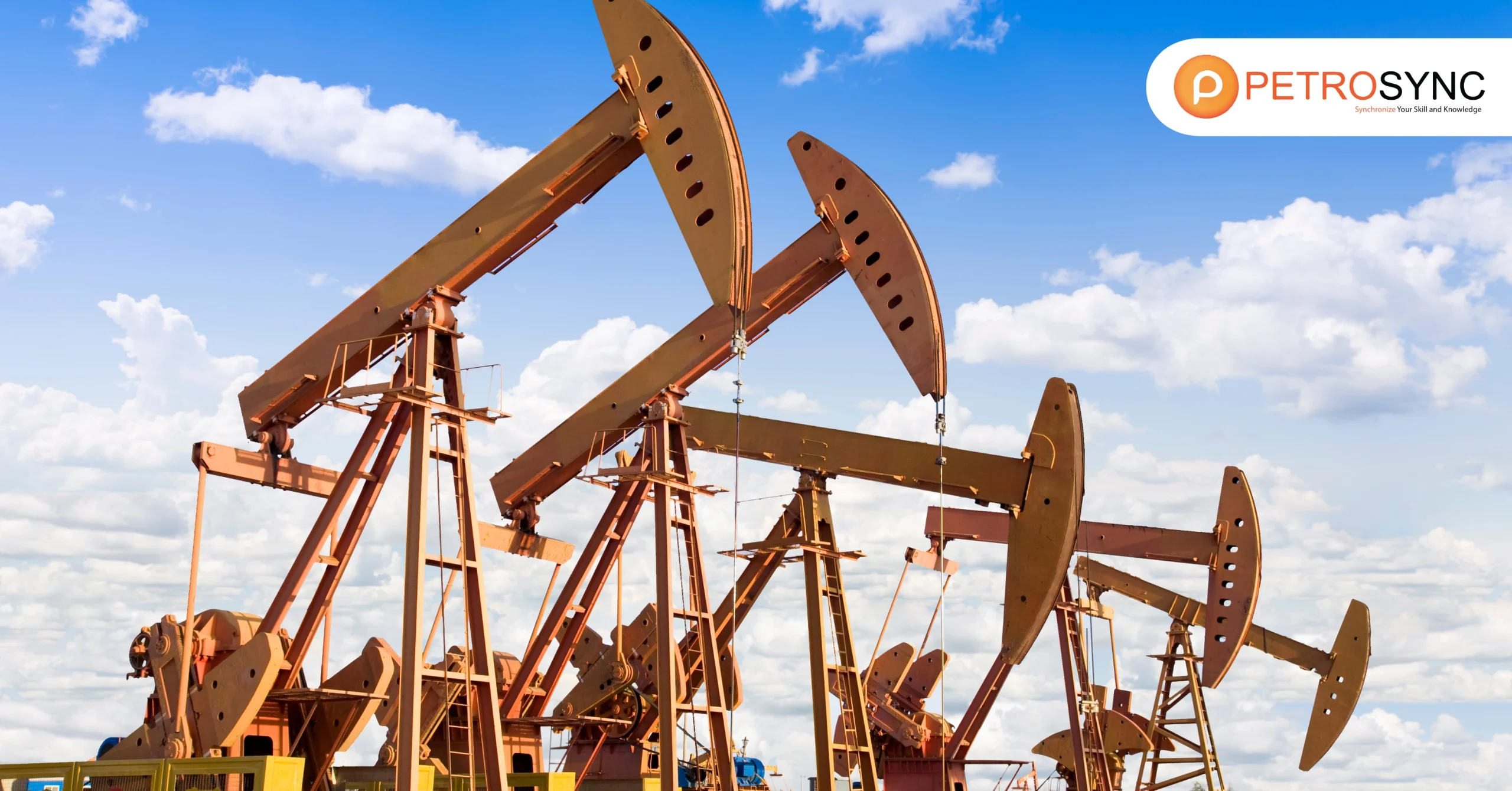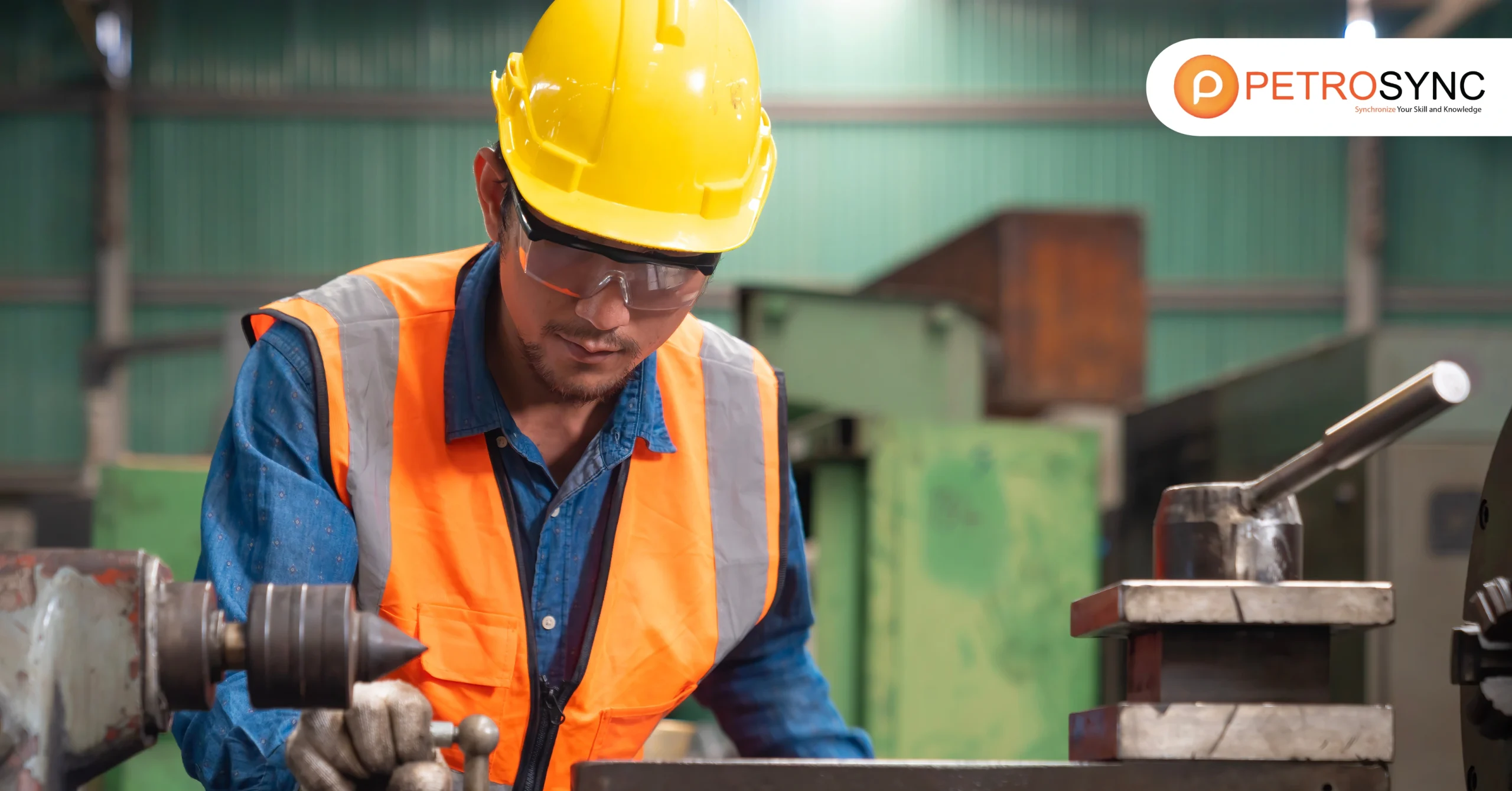Enhanced Oil Recovery (EOR) is transforming the oil and gas industry by extracting more oil from reservoirs. In this guide, we’ll explore the basics, techniques, and benefits of EOR, addressing common questions along the way.
What Is Enhanced Oil Recovery?
Enhanced Oil Recovery (EOR) is a method applied in the oil and gas industry to extract more oil from underground reservoirs after primary and secondary recovery methods. Implemented to enhance the ability of oil to flow to a well, EOR involves injecting water, chemicals, or gases into the reservoir or altering the physical properties of the oil.
Unlike traditional methods, which may leave a substantial amount of oil unrecovered, EOR utilizes advanced techniques to maximize the amount of oil that can be brought to the surface. Common EOR methods include injecting substances like steam, gases, or chemicals into the reservoir, contributing to the overall efficiency and productivity of oil fields.
Is Enhanced Oil Recovery Good for The Environment?
Enhanced Oil Recovery (EOR) can have both positive and negative environmental impacts. The Plasma-Pulse Oil Well EOR, for instance, employs low-energy emissions to achieve similar effects as many other technologies but without negative ecological consequences.
In nearly every case, the volume of water pulled with the oil is reduced, not increased, from pre-EOR treatment. This method showcases a more environmentally friendly approach within the realm of EOR, offering potential benefits in terms of resource utilization and ecological impact. However, it’s essential to recognize that the environmental effects of EOR depend on specific methods employed and how associated challenges are managed.
What Are The Three Major Methods of EOR?
Before delving into the details, it’s essential to understand that Enhanced Oil Recovery (EOR) employs various techniques to maximize oil extraction. Three major methods stand out in this process, each offering unique approaches to enhance the recovery of oil from underground reservoirs.
1. Gas Injection
Gas Injection is a method used in Enhanced Oil Recovery (EOR) where gases, such as carbon dioxide or natural gas, are injected into an underground oil reservoir. Accounting for approximately 60% of EOR output, the injected gases help displace and push the oil towards production wells, making it easier to extract.
The injection process improves the mobility of the oil, reduces its viscosity, and creates pressure, allowing for increased recovery rates. Gas Injection is an effective technique for enhancing oil production, particularly in reservoirs where the primary extraction methods have been less efficient.
A popular method in Enhanced Oil Recovery (EOR) is CO2-EOR, first tried in 1972 in Texas. It has succeeded in the Permian Basin and is now explored in several states. Traditionally, CO2 for EOR came from natural sources, but new technologies extract it from industrial processes.
An example is in North Dakota, where CO2 is produced and sent through a pipeline to the Weyburn oil field in Canada, extending the field’s productivity by about 25 years and potentially recovering up to 130 million barrels of oil that might have been abandoned.
2. Thermal Injection
Thermal Injection is a technique used in Enhanced Oil Recovery (EOR) where heat, often generated by burning natural gas, is applied to underground oil reservoirs. The produced steam is then injected into the reservoir to heat heavy oil, reducing its viscosity and making it flow more easily for extraction. This method is particularly effective in reservoirs with heavy oil that has high viscosity, as it improves recovery rates and optimizes the overall oil extraction process.
|
Technique |
Benefit | Drawback |
Suitability |
| Steam Flooding | Enhanced oil recovery by reducing oil viscosity | High energy consumption | Suitable for heavy oil reservoirs |
| Facilitates easier oil flow for extraction | Potential for heat loss in deeper reservoirs | Effective in mature fields | |
| Effective in heavy oil reservoirs with high viscosity | Limited applicability in shallow or thin reservoirs | May not be economical in all scenarios | |
| Fire Flooding | Improves oil mobility by creating a combustion front | High temperature may cause reservoir damage | Suitable for specific reservoir conditions |
| Enhanced oil recovery in certain reservoir conditions | Safety concerns due to high temperatures | Potential in reservoirs with high oil saturation | |
| Can be cost-effective in some scenarios | Limited to certain geological and fluid properties | Requires careful consideration of safety measures |
3. Chemical Injection
Chemical Injection in Enhanced Oil Recovery (EOR) is a method where specific chemicals are injected into an underground oil reservoir to increase oil recovery by enhancing the effectiveness of water injected into the reservoir, displacing the oil more efficiently.
The chemicals, which may include polymers, surfactants, or alkalis, alter the properties of the oil and the reservoir, facilitating the extraction of more oil. This approach proves particularly valuable in reservoirs with complex geological conditions or when traditional extraction methods are less effective.
1. Polymer Flooding
Polymer Flooding is a chemical injection technique in Enhanced Oil Recovery (EOR) where specialized polymers are injected into an underground oil reservoir. These polymers alter the viscosity of injected water, improving its ability to displace oil.
When the polymer solution is introduced, it forms a thickened fluid that pushes the oil towards production wells more effectively. This method is particularly useful in reservoirs with higher permeability, where water tends to channel through the rock without effectively displacing the oil. By altering the water’s viscosity, Polymer Flooding enhances the sweep efficiency and increases oil recovery.
2. Low Salinity Nanofluids
Low Salinity Nanofluids involve injecting water with reduced salinity into the reservoir, often containing nanoparticles. The lower salinity changes the properties of the reservoir rock and oil, promoting better oil detachment and displacement.
Nanoparticles in the fluid enhance the overall performance by interacting with the rock surface and altering the fluid behavior. This method aims to improve oil recovery by optimizing the interaction between the injected fluid, reservoir rock, and oil, making the displacement process more efficient.
3. Microbial Injection
Microbial Injection is a technique where microorganisms, such as bacteria, are injected into the reservoir. These microbes interact with the oil, breaking it down into simpler components and producing byproducts that alter the properties of the reservoir.
The microbial activity reduces the oil’s viscosity and increases its mobility, facilitating its movement towards production wells. This method is suitable for reservoirs where traditional methods may be less effective, offering an environmentally friendly approach to Enhanced Oil Recovery.
4. Liquid Carbon Dioxide Superfluids
Liquid Carbon Dioxide Superfluids involve injecting liquid carbon dioxide into the reservoir. When exposed to reservoir conditions, carbon dioxide transforms into a supercritical state, exhibiting both liquid and gas properties. This superfluid phase improves the oil’s displacement efficiency by reducing its viscosity and expanding the oil volume.
The process enhances sweep efficiency, allowing for better coverage of the reservoir. Liquid Carbon Dioxide Superfluids are especially effective in reservoirs where traditional methods struggle, offering a versatile approach to EOR.
5. Water Alternating Gas (WAG)
Water Alternating Gas (WAG) is a chemical injection technique that alternates between injecting water and gas, usually natural gas or carbon dioxide, into the reservoir. This alternating injection helps maintain reservoir pressure and improves the sweep efficiency of the injected fluids.
The water and gas work synergistically to displace the oil more effectively, especially in reservoirs with varying permeability. WAG is a flexible and adaptable method, providing control over the fluid dynamics and optimizing the recovery process based on reservoir conditions.
Addressing Common Queries about Enhanced Oil Recovery
1. Is Enhanced Oil Recovery Environmentally Friendly?
Yes. EOR involves injecting substances, but strict regulations ensure responsible practices with minimal environmental impact.
2. How Long Does it Take to See Results with EOR?
Results vary, but many see improved production within months, with EOR extending the life of oil fields.
3. Are There Risks Associated with EOR?
While risks exist, stringent safety measures and technology advancements have significantly minimized them, making EOR a well-established, safe practice.
4. Can EOR be Applied to Offshore Reservoirs?
Yes, EOR techniques can be adapted for offshore reservoirs, though logistical challenges may require tailored approaches.
5. What is the Economic Impact of Enhanced Oil Recovery?
Economically, EOR ensures sustained production, minimizing the need for exploratory drilling and safeguarding financial stability.
6. How Does EOR Contribute to Energy Security?
By maximizing oil extraction, EOR plays a crucial role in maintaining energy security, and reducing reliance on imported oil.
In conclusion, Enhanced Oil Recovery (EOR) is a powerful method that helps us get more oil from underground reservoirs. By using smart techniques like injecting water, applying heat, using special chemicals, and adding gases, we can extract more oil than ever before. This not only makes the oil industry more efficient but also extends the life of oil fields, ensuring we can use this important resource for a longer time.
Considering the significant impact Enhanced Oil Recovery (EOR) has on the oil industry, you might be intrigued to learn more and contribute to this transformative field. If you’re looking to deepen your understanding and potentially become a part of this innovative sector, a valuable step forward is joining the Applied Drilling Well Engineering Training by PetroSync.
This Applied Drilling Well Engineering training offers insights into the intricacies of drilling and well engineering, providing you with essential knowledge and skills. By participating in this training, you can gain a comprehensive understanding of the techniques and technologies involved in oil extraction, including those related to Enhanced Oil Recovery.
Credit header image: Freepik

SEO specialist by day, fact-checker by night. An avid reader and content writer dedicated to delivering accurate and engaging articles through research and credible sources.






